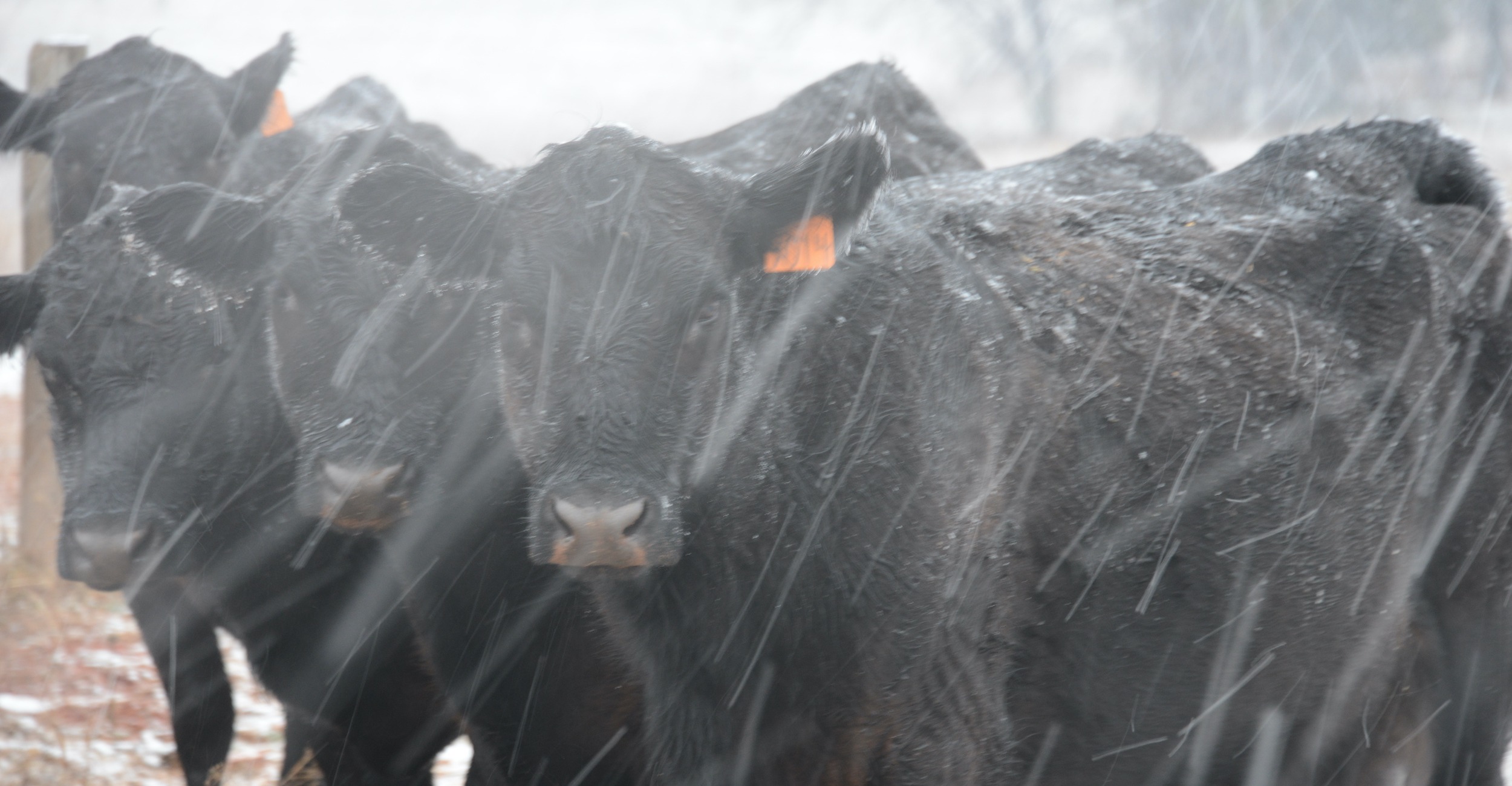
In a La Nina winter, brace for impact
Monday, November 15, 2021
Media Contact: Gail Ellis | Communications Specialist, Copywriter | 620-515-2498 | gail.ellis@okstate.edu
The National Oceanic and Atmospheric Administration has released its winter outlook for the next few months, and another La Nina weather pattern of warmer and drier conditions is likely to occur in Oklahoma.
State Climatologist Gary McManus advised against letting mild predictions fool people into thinking ice, snow and extreme cold won’t happen. Last year’s La Nina winter began with an ice storm in October and ended with a deep freeze in February.
“The subzero temperatures we saw last year for an extended period of time haven’t been recorded in Oklahoma since 1983,” he said.
McManus said storms are possibly sticking around longer than usual thanks to a weakening of the jet stream combined with stubborn weather patterns downstream.
“A blocking pattern in the Atlantic Ocean causes high pressure systems to stick here in the middle of the country, and the jet stream slows,” McManus said.
So how do livestock owners plan for a mild winter that could include severe ice, snow and cold? Evaluating the impact of last year’s weather is a good first step.
“The ice storm in late October of 2020 came as a surprise and limited stockpiling of warm-season grasses for use later in the winter along with wheat pasture growth in crop fields,” said Paul Beck, an Oklahoma State University Extension specialist in beef nutrition. “The limited amount of available forage was a good lesson in setting aside forage during early fall and having extra hay for when things don’t go according to plan.”
While Beck said cattle had time to regain any losses in body condition suffered from the second winter storm in February, a bigger concern was the short-term lack of water. Stock tank heaters and tools to break ice on ponds were in short supply during the extreme cold snap, and producers lost livestock due to drowning or hypothermia after falling through pond ice. The cold stress also took its toll on herd sires, reducing fertility in bulls that were exposed to subzero temperatures and frostbite.
“Producers who do not conduct breeding soundness exams on their herd sires may not realize the reduced fertility effects until they conduct pregnancy tests this fall or discover open cows next spring,” said David Lalman, OSU Extension beef cattle specialist.
Boosting nutrition requirements and providing shelter from the elements can greatly alleviate the impact of cold stress and decrease livestock loss. Daily access to water while feeding extra hay and supplement in a covered area — such as a man-made windbreak, a line of round bales or a stand of cedar trees — will help maintain a cow’s milk production and stabilize a bull’s fertility.
“The lowest temperature a cow in good body condition with a good winter coat can be exposed to before her nutrition needs increase is 20 degrees,” Beck said. “The lowest temperature for a thin cow with short hair is 40 degrees.”
If severe cold or precipitation is short-lived, producers should remain consistent with their livestock’s balanced nutrition program. When a radical weather change is expected, avoid digestive upset by modestly increasing energy and protein availability to help cattle maintain their body heat and condition.
“For example, in the case of cattle grazing winter pasture, high-quality hay could be put out ahead of the storm,” Lalman said. “If 4 pounds of 20% protein cubes are being fed, perhaps increase the feeding rate to 5 pounds prior to and during the storm.”
Wind chill is often a bigger threat to cattle, especially calves, than temperature. Many of the calves who survived the extreme cold last winter have the scars to prove it with frostbitten ears and noses because they lacked the capability to maintain body temperature at such a young age.
Dr. Rosslyn Biggs, OSU Extension veterinarian and director of continuing education for the OSU Center for Veterinary Medicine, recommended evaluating cattle herds now to make culling decisions that can improve the welfare of not only an individual animal but also the entire herd.
“Animals in poor or thin body condition need to be placed on an increased plane of nutrition to address additional demands as we enter winter,” she said.
Once the first storm arrives, producers should have extra feed on hand, provide as much cover from the elements as possible and watch for changes in animal behavior.
“It’s easy to rush through feeding and chores when the weather is poor, but we should always be focused on monitoring our animals closely and taking the extra moments to evaluate for signs of illness,” Biggs said.
Paul Beck advises how to adjust cattle nutrition programs during a long-term winter weather event in this episode of the agricultural television show SUNUP.
A fact sheet with additional information on supplementing beef cattle feeding programs in winter is available online and through OSU Extension county offices.
